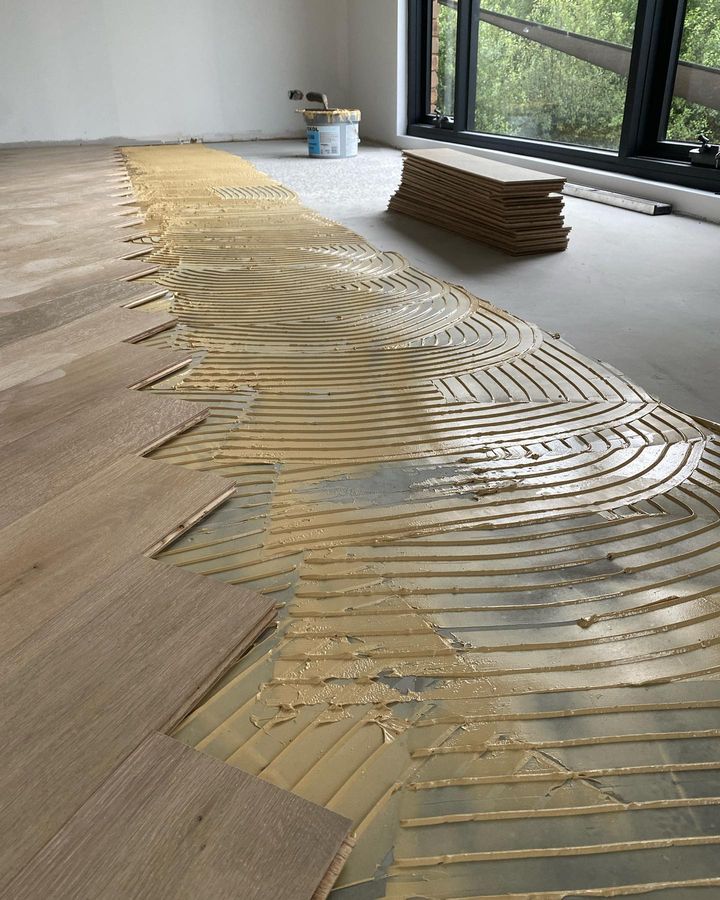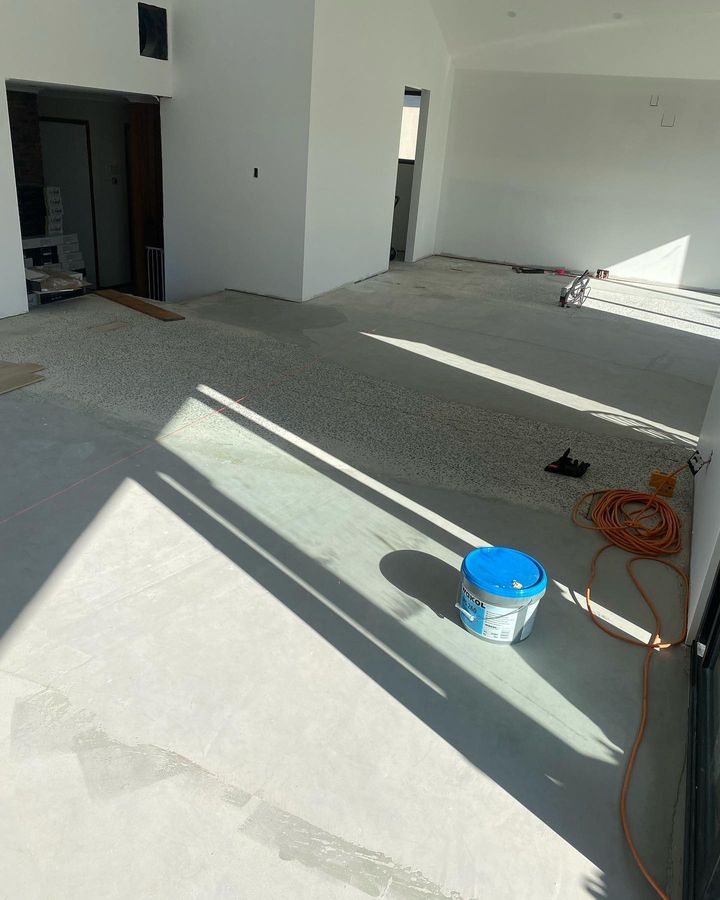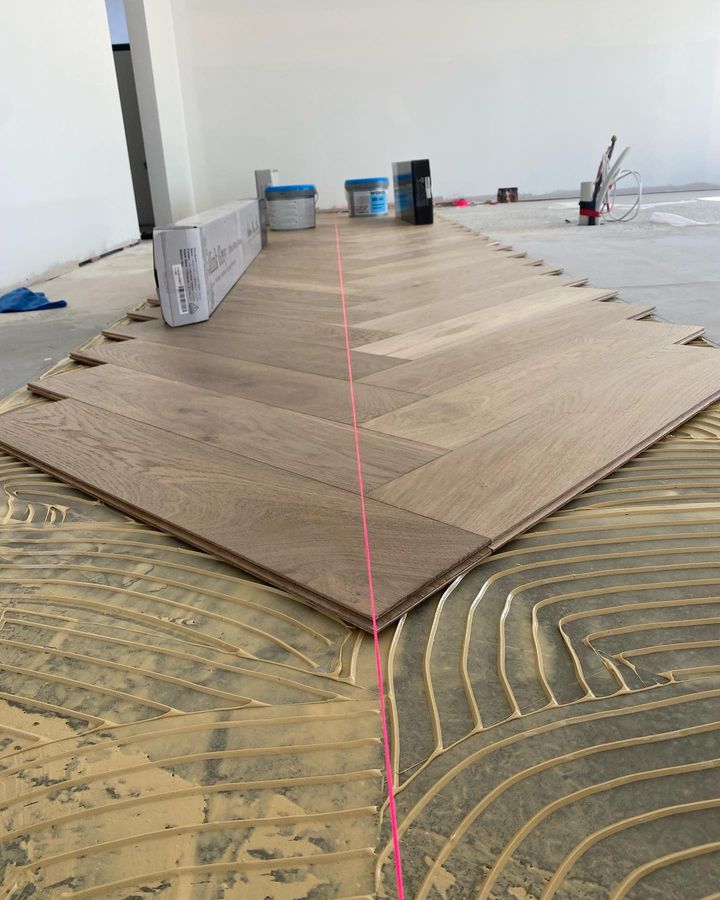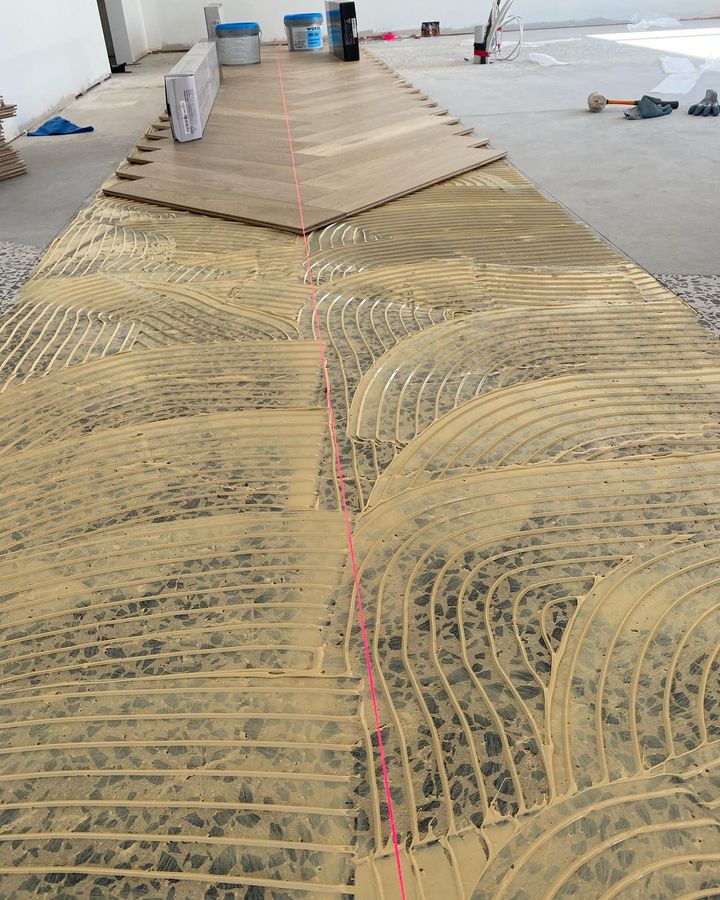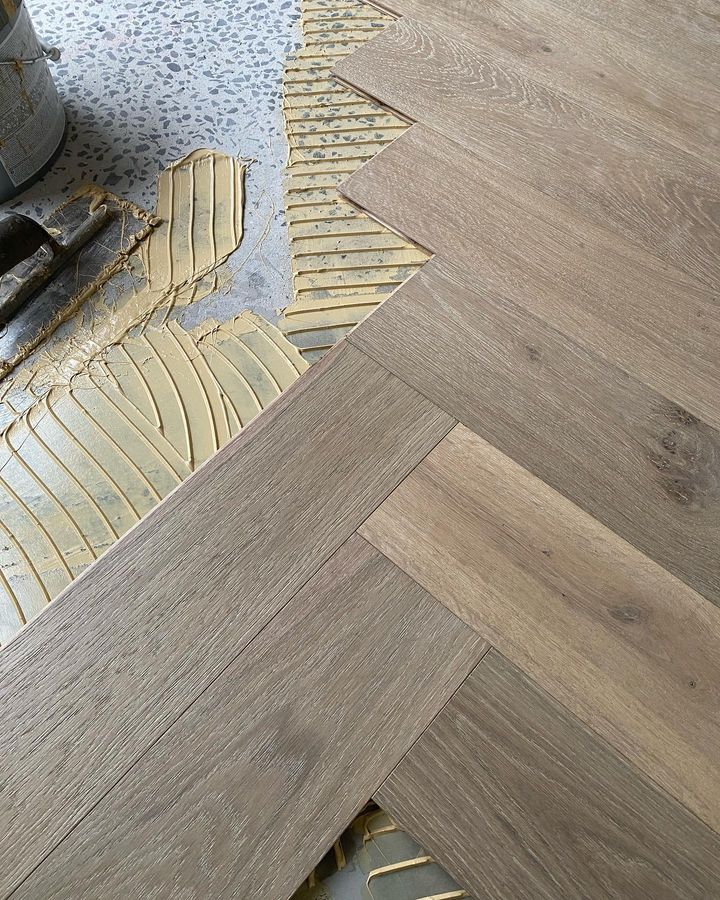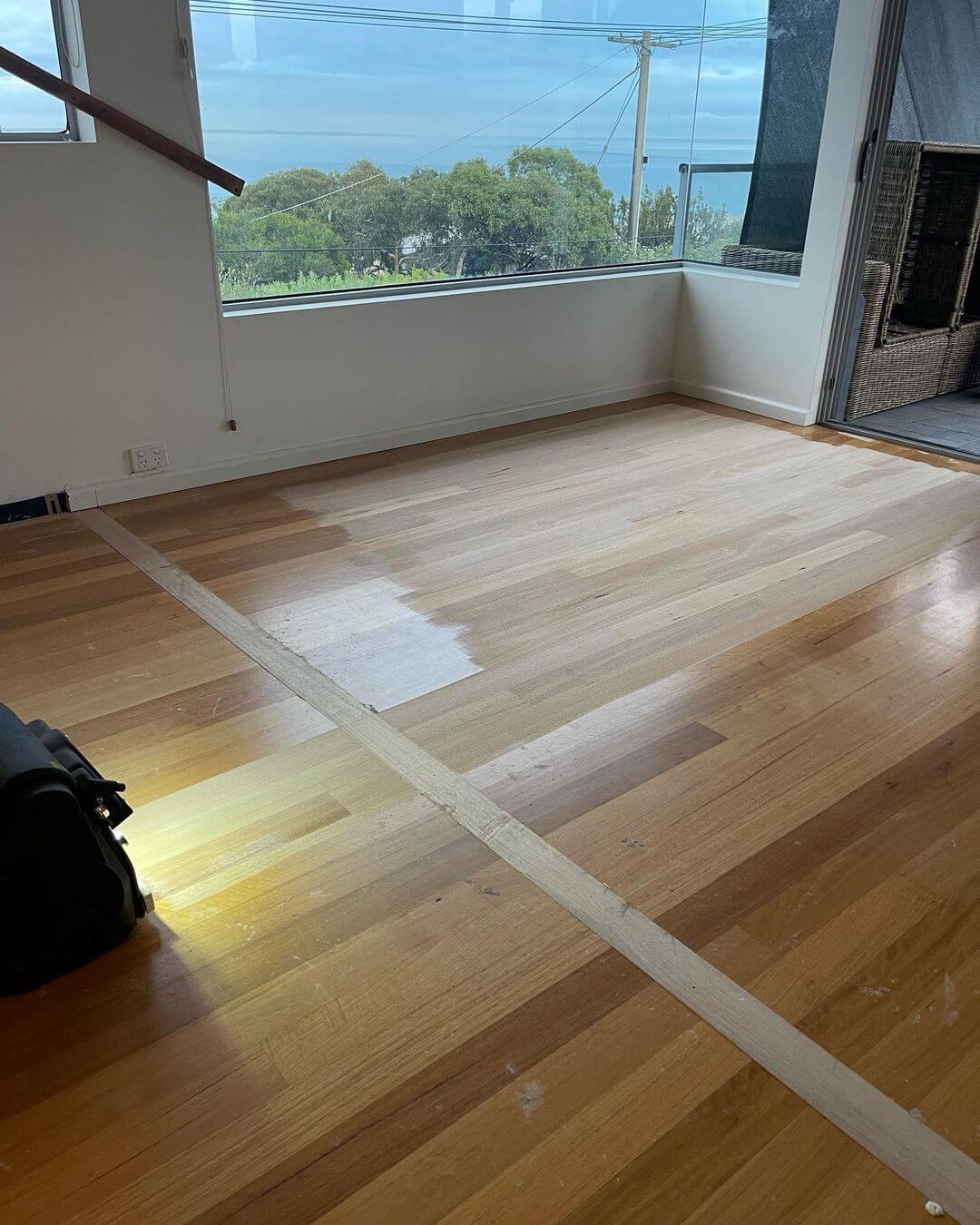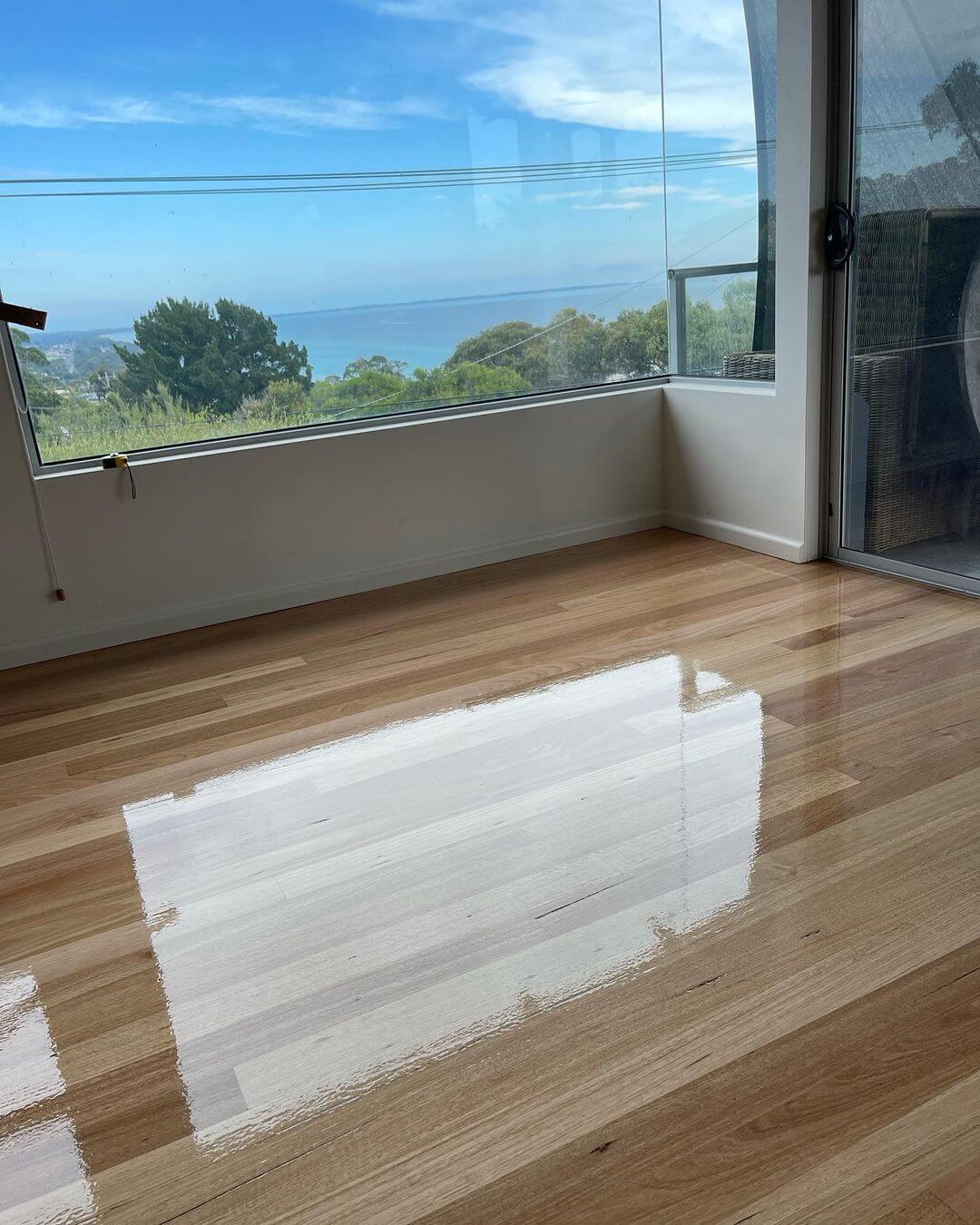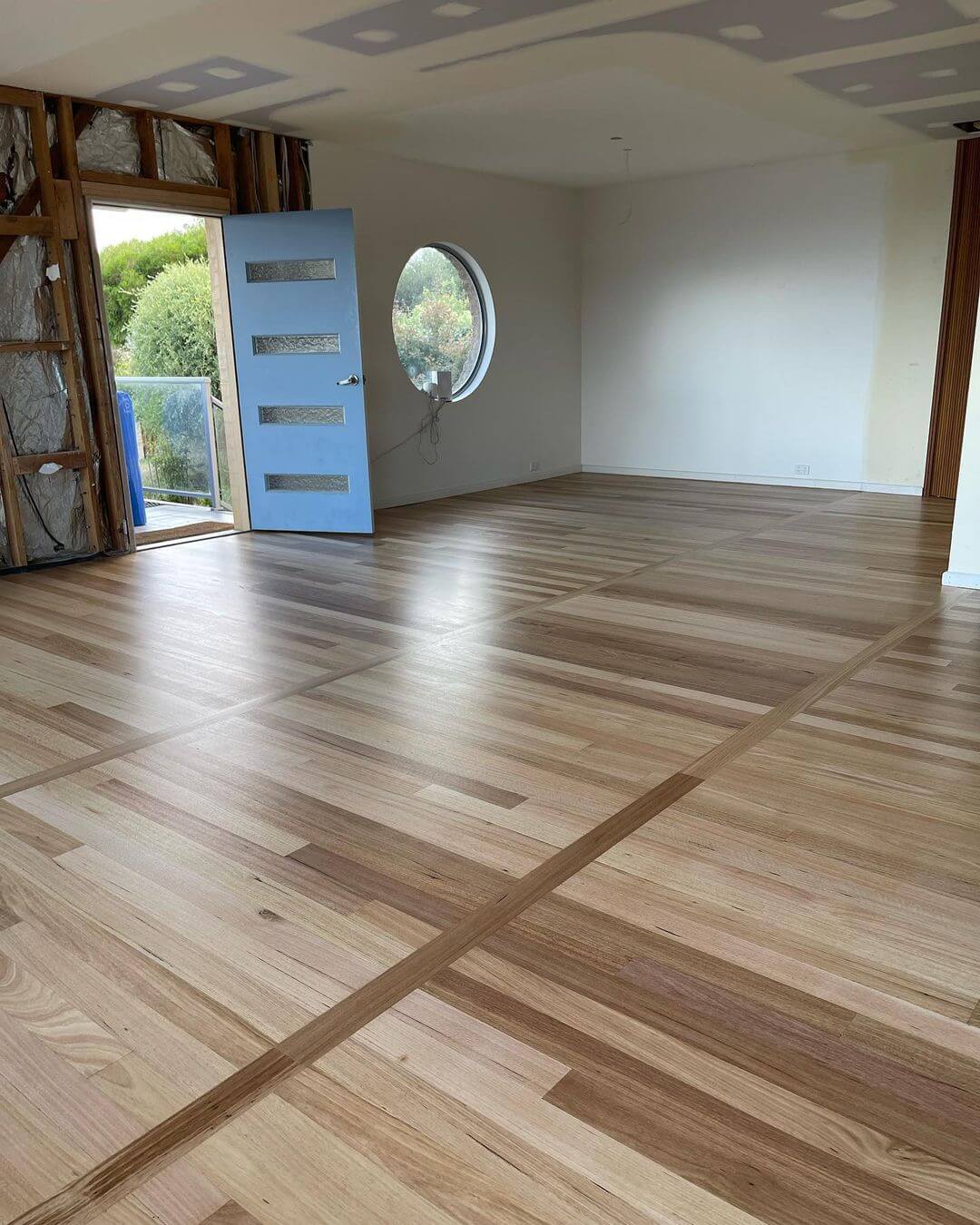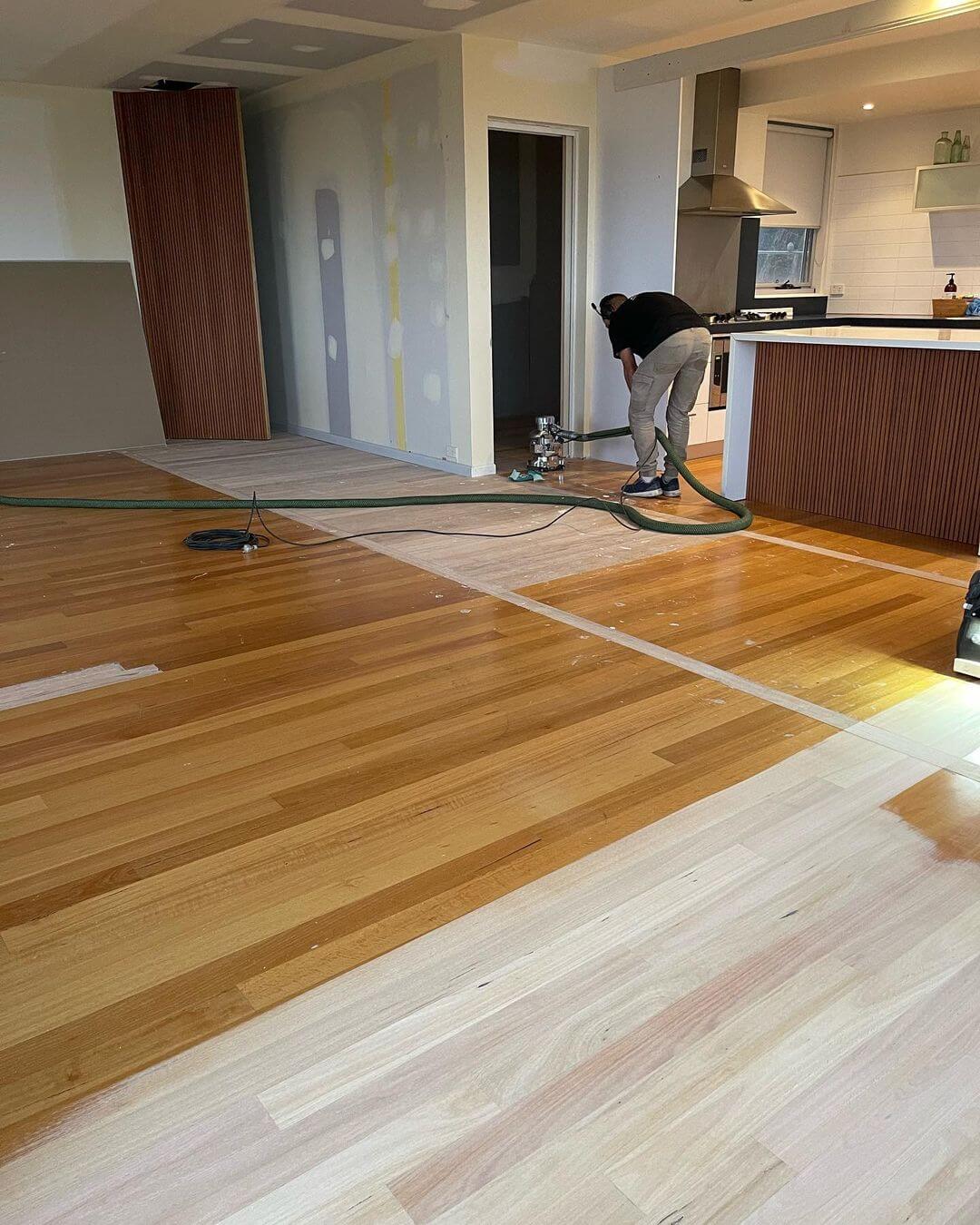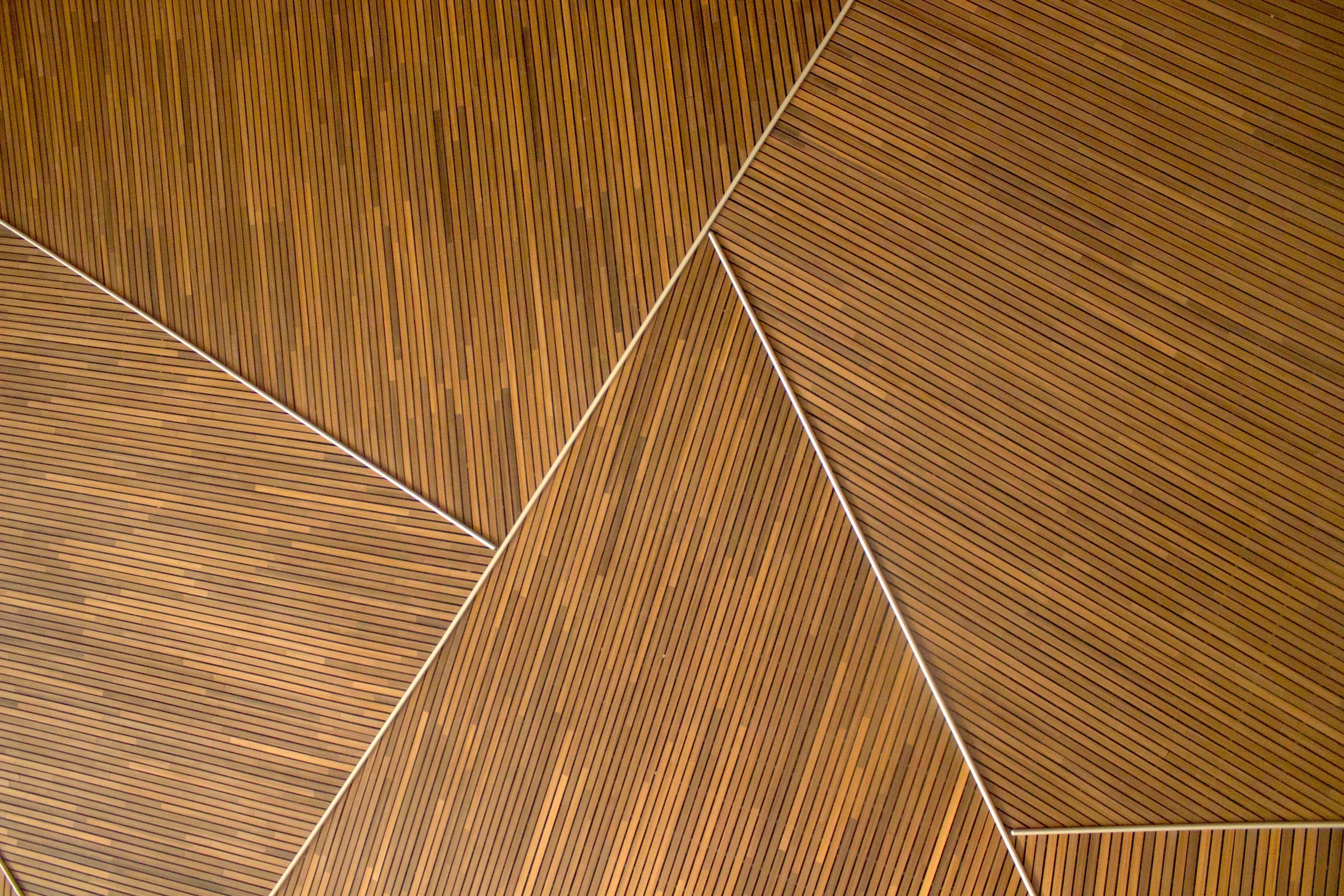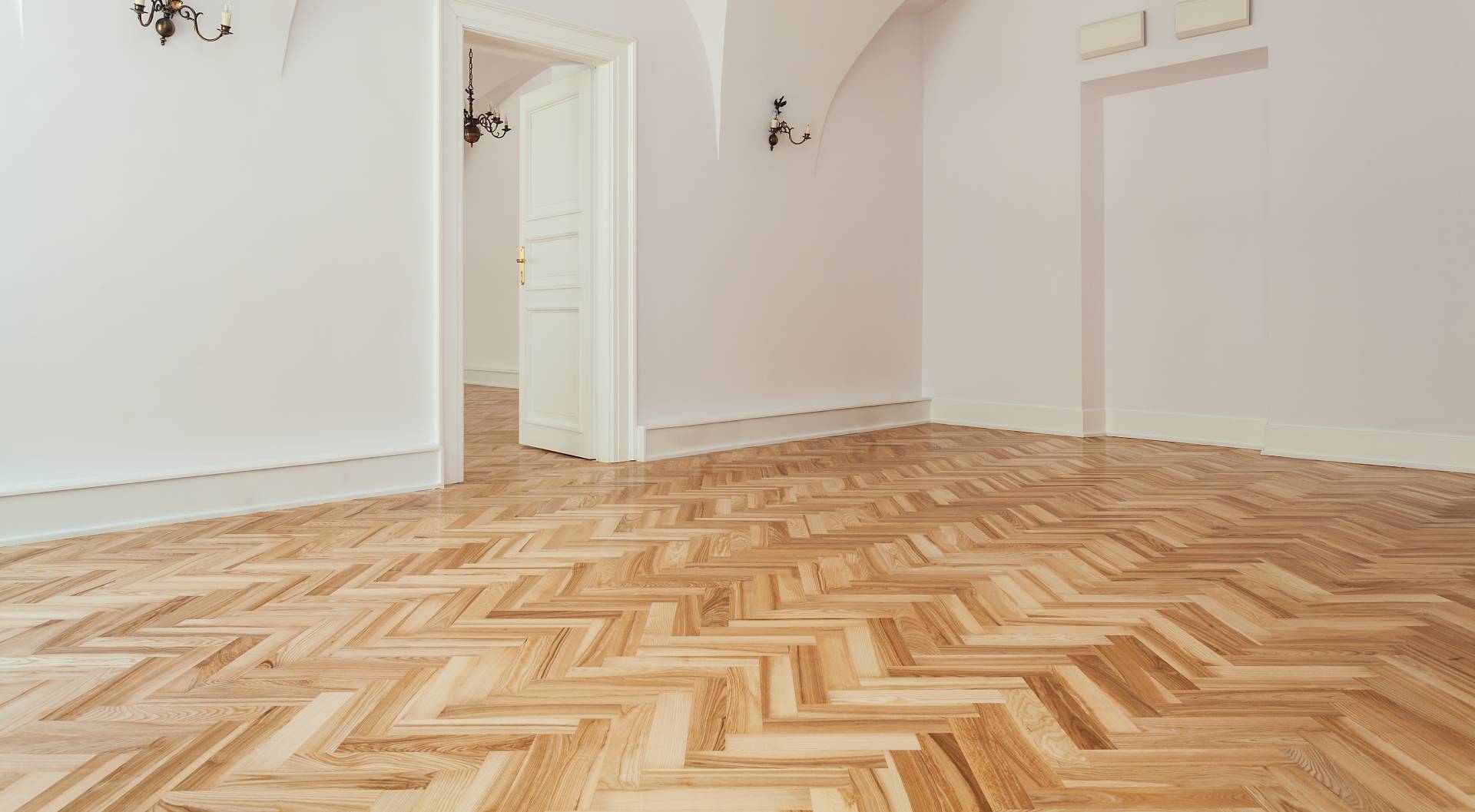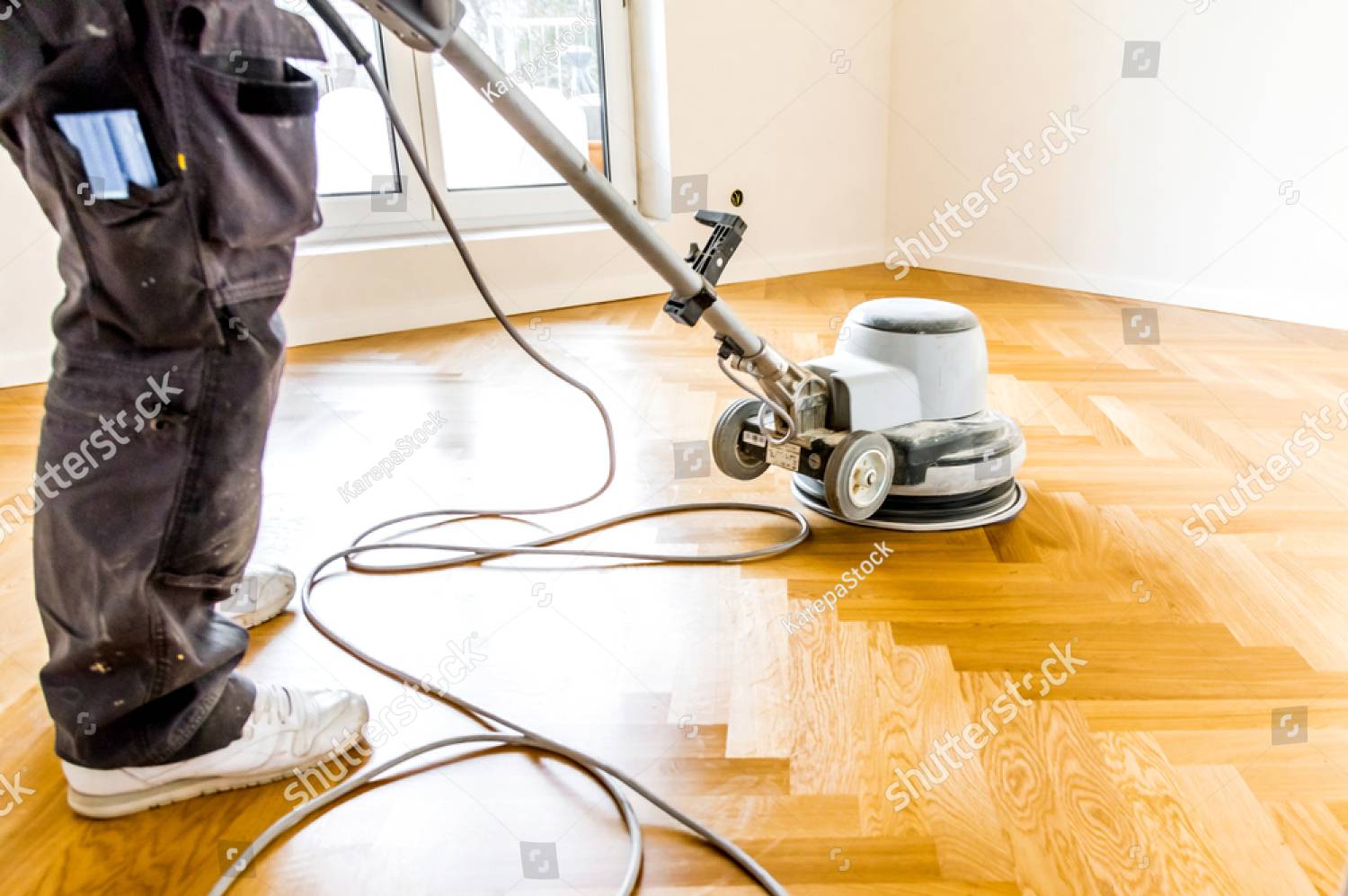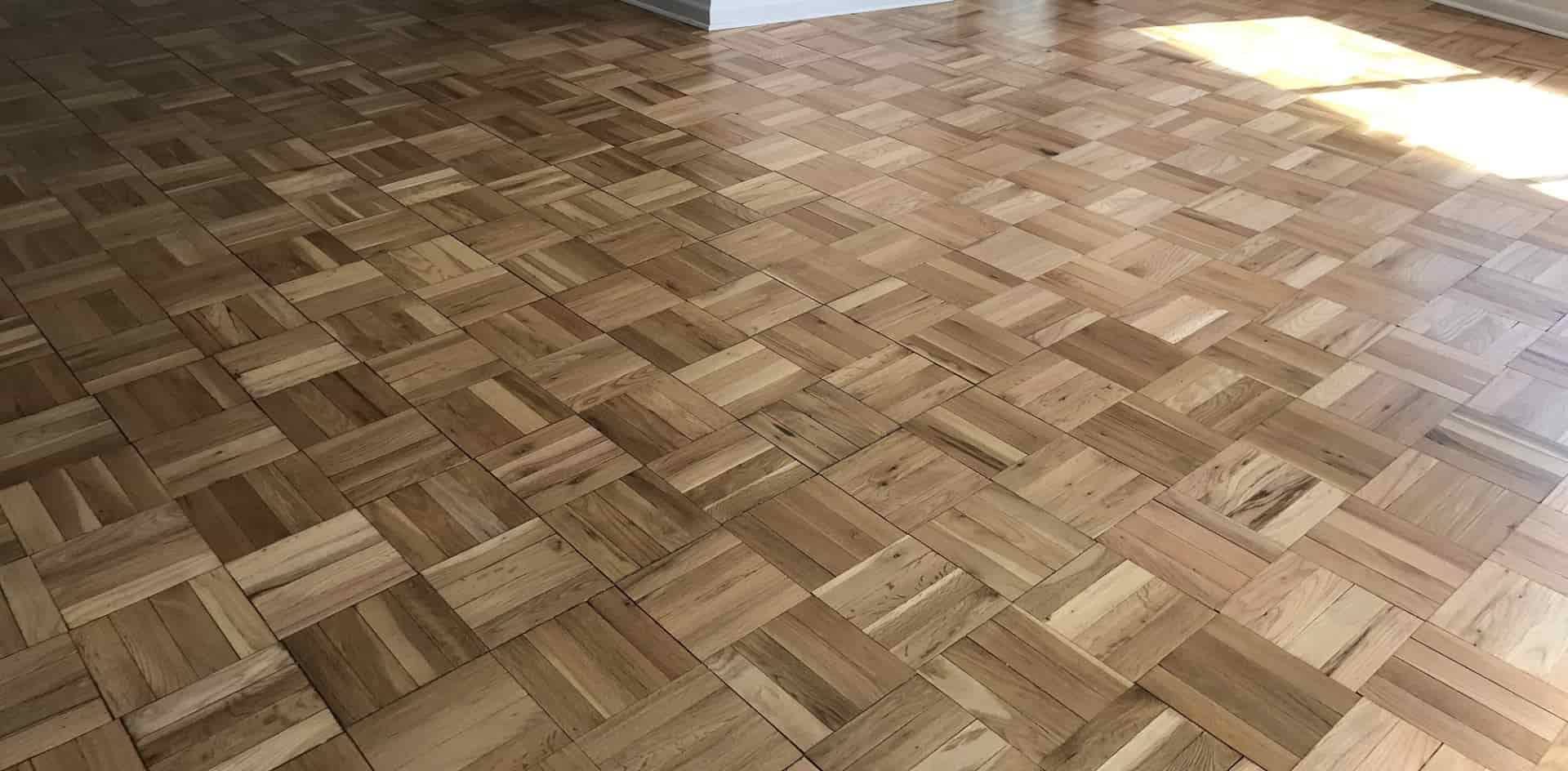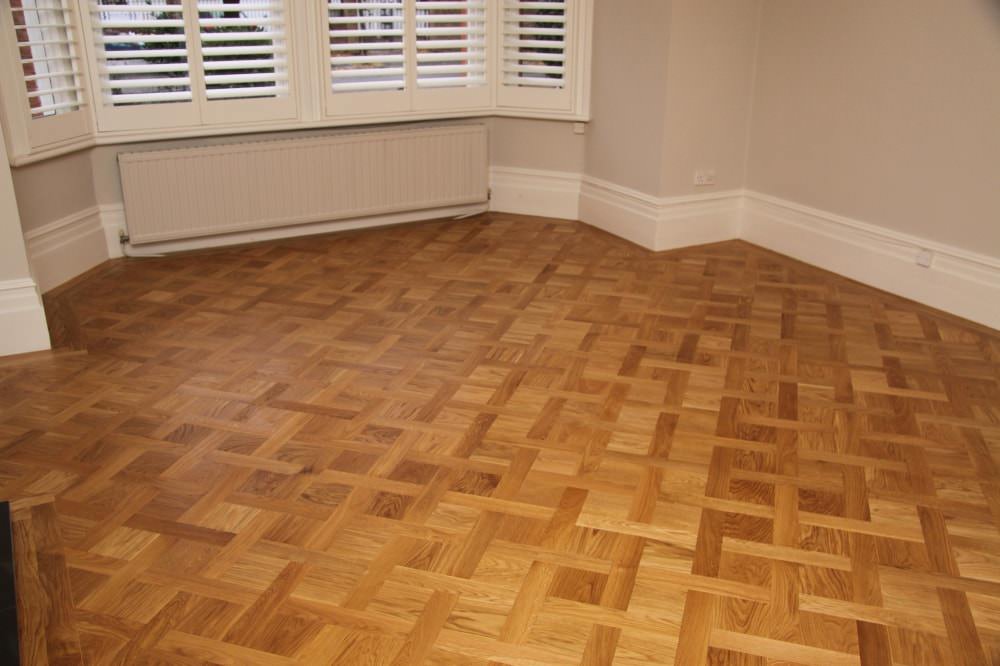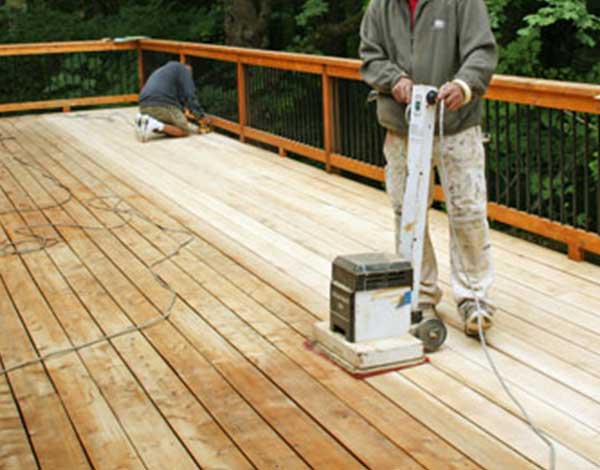You think it. We create it
Get your custom free quote by calling us on Quality Timber Flooring
or complete our online form today.
Are you one of those people who can’t resist the allure of hardwood floors? The kind of person who runs their hand across the smooth surface, admiring the intricate patterns and warm tones. We get it. Hardwood floors are irresistible. But we also know that the thought of installing them can be overwhelming.
After all, there are so many decisions to make: which type of wood to choose, which installation method to select, and how to finish and maintain your floors once they’re in place.
It can be tempting to rush through the process, hoping to get it over with and move on to enjoying your beautiful new floors. But here’s the thing: taking the time to understand the tips, techniques, and methods of hardwood installation can actually save you time and money in the long run. Skipping important steps or making hasty decisions can lead to unsatisfactory results or even damage to your floors.
That’s why we’re here to help. We’ve put together a comprehensive guide to hardwood installation that will walk you through every step of the process, from choosing the right wood to finishing and maintenance.
Types of Hardwood Flooring: Which Is The Best for Your Home.
Before diving deep into the world of hardwood flooring. It’s crucial to take a step back and consider the different options available. Choosing the right type of hardwood flooring is the first and most important decision you’ll make when it comes to installation. From moisture levels to durability, style to color, there are many factors to take into account.
So, Let’s break down which type of Hardwood Flooring is the best for you.
- Solid Hardwood Flooring:This type of flooring is made from solid pieces of timber and is milled to a specific thickness and width. Solid hardwood flooring can be sanded and refinished multiple times, making it a durable and long-lasting option. It’s a great choice if you want the natural beauty and warmth of real hardwood in your home.
Solid hardwood flooring is the best option for Durability and Natural Beauty.
– It is recommended for areas with low humidity and temperature changes, as it can expand and contract with changes in moisture and temperature
– It’s a great option if you are looking for Natural Beauty and Warmth.
- Engineered Hardwood Flooring:This type of flooring is made from a top layer of hardwood that is glued onto a base layer of high-quality plywood. It can be sanded and refinished a limited number of times, depending on the thickness of the hardwood layer. It offers the look and feel of real hardwood, with added durability and stability.
Engineered hardwood flooring is the best option for Moisture Resistance and Budget.
– Its multi-layered construction provides greater stability and reduces the risk of warping or buckling due to moisture exposure.
– If you’re on a tight budget, engineered hardwood flooring is a cost-effective option compared to solid hardwood flooring.
- Laminate Hardwood Flooring:This type of flooring is made from a synthetic material that is printed with a high-quality image of hardwood flooring. It is composed of layers that are fused together under high pressure to create a durable and moisture-resistant product.
Laminate flooring is the best option for Durability and Moisture Resistance.
– A great choice for areas where moisture is a concern and durability is needed.
– It’s a less expensive option than engineered hardwood flooring, but it doesn’t have the same warmth and natural beauty.
- Spotted Gum Timber Flooring:This type of flooring is made from solid pieces of spotted gum, a hardwood species native to Australia. Spotted gum timber flooring is known for its durability, strength, and unique color variations.
It is a great choice for the natural beauty of hardwood with added durability and a unique look.
– It can be installed as either solid or engineered hardwood flooring and offers a unique, natural look.
By considering these factors and using the appropriate installation method, you can choose the right type of hardwood flooring for your home that will be durable, moisture-resistant, and match your preferred style within your budget.
Preparation for Hardwood Installation.
Now that you have selected the type of hardwood flooring you want to install, it’s time to prepare for the installation process. Proper preparation is essential to ensure a successful and long-lasting installation.
The preparation process typically involves the following steps:
- Measuring the room and ordering the right amount of wood: Accurately measuring the room where the hardwood flooring will be installed is crucial to order the correct amount of wood. It is important to add an additional 10-15% of wood to the order to account for waste, cuts, and potential damage during installation.
- Preparing the subfloor and ensuring its level: This involves cleaning the subfloor thoroughly, repairing any damage or imperfections, and ensuring it is level and free of moisture.
- Acclimating the wood to the room’s temperature and humidity: This usually involves storing the hardwood flooring in the room where it will be installed for several days to allow it to adjust to the temperature and humidity.
Installation Methods for Hardwood Flooring.
There are three main installation methods for hardwood flooring: nail-down, glue-down, and floating. Each method has its own advantages and disadvantages, and the best choice depends on the type of hardwood being installed.
- Nail-down installation:This method involves nailing the hardwood planks directly to the subfloor. It is a traditional method that provides a secure and stable installation. Nail-down installation is used for solid hardwood flooring but can also be used for engineered hardwoods. It is not recommended for floating floors or over concrete subfloors.
- Glue-down installation:This method involves gluing the hardwood planks directly to the subfloor. It is a popular method for engineered hardwood flooring and is also used for solid hardwoods. It provides a strong and stable installation but can be more time-consuming and may require more preparation than other methods.
- Floating installation:Floating installation is typically used for engineered hardwoods and can be a faster and easier installation method. However, it may not be as stable as other methods and can produce a hollow sound when walked on.
Once your hardwood flooring is installed, you’ll want to make sure it’s finished to perfection. Check out our Ultimate Guide For Floor Sanding & Polishing for tips on how to achieve the perfect finish.
It’s important to choose the right installation method for your specific flooring needs. However, it’s best to consult with a professional flooring installer to ensure a successful and long-lasting installation.
Types of Underlay for Hardwood Timber Flooring:
As important as it is to choose the right type of hardwood flooring for your home, selecting the right underlay is equally important to ensure a successful installation. Underlay provides a cushioned surface for the flooring, helps to absorb sound, and can protect the wood from moisture damage.
In this section, we’ll explore the different types of underlay available for hardwood timber flooring and the benefits of each.
Foam underlay: This is a lightweight and affordable option that provides cushioning and support for the flooring. It can help to reduce noise and is suitable for use on most subfloors.
Acoustic rubber underlay: This is a more expensive option, but it provides excellent soundproofing and can help to reduce noise transmission between floors. It is suitable for use in multi-story buildings and apartments where noise reduction is a priority.
Splitz pins plywood underlay: This is a specialized type of underlay that creates a stable and level base for hardwood flooring installation. It is typically used when the subfloor is uneven or in poor condition. This is installed using splitz pins and can help to level out an uneven subfloor. It’s worth noting that not all flooring installers are trained or experienced in providing this service, but Quality Timber Flooring specialists are exceptions here.
Hardwood Floor Finishing.
If you want your hardwood floors to be the envy of all who walk on them, it’s time to dive into the finishing process! Think of it as the cherry on top, the icing on the cake, or the sprinkles on your favorite ice cream sundae – it’s the finishing touches that truly make your hardwood floors shine. With the right finishing techniques, you can protect your floors from damage, enhance their natural beauty, and ensure that they stay looking great for many years.
Here are the important factors to consider for hardwood floor finishing:
-
Staining and Sealing the Wood:
Staining is the process of adding color to the wood to enhance its appearance. Sealing is the process of applying a protective layer over the wood to prevent it from absorbing moisture, dirt, and other contaminants. Staining and sealing can be done separately or together.
- Types of Finishes:
There are three types of finishes: oil-based, water-based, and moisture-cured.- Oil-based finishes provide a durable and glossy finish, but they take longer to dry and emit a strong odor during application.
– Water-based finishes are eco-friendly, dry faster, and do not emit a strong odor, but they are not as durable as oil-based finishes.
– Moisture-cured finishes are the most durable, but they emit a strong odor and require special ventilation during application.
- Maintenance and Care:
Proper maintenance and care are essential to keep your hardwood floors looking new and fresh. This includes regular cleaning with a soft broom or vacuum, using a damp mop for deeper cleaning, avoiding the use of harsh chemicals or abrasives, and addressing spills and stains promptly. It’s also important to avoid excessive exposure to sunlight and humidity, which can cause the wood to warp or fade.
By considering these factors, you can choose the right finish for your hardwood floors and ensure that they stay beautiful and durable for years to come.
Conclusion:
In conclusion, a well-installed hardwood floor can be a great investment for any home. By following the right techniques and considering important factors such as durability and maintenance requirements, you can enjoy the beauty and benefits of hardwood floors for many years. Whether you choose to DIY or hire professionals, it’s important to take the time to properly prepare and install your hardwood floors. With the right care, your floors will continue to add value and style to your home for decades to come. Contact Quality Timber Flooring to get started on your own hardwood flooring project today!

